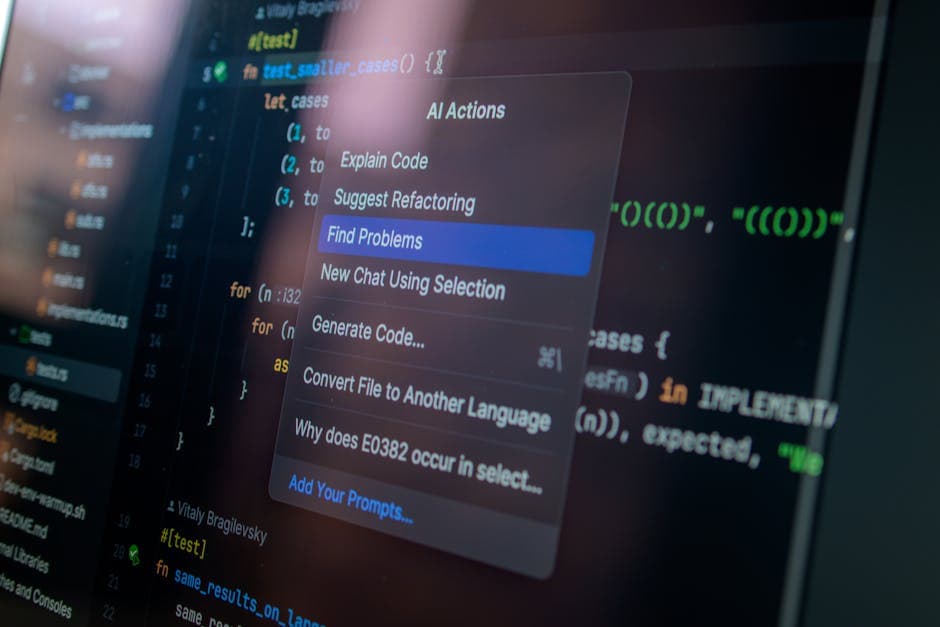When AI Quietly Became a Necessity, Not a Luxury
It started as a whisper, then grew to a roar. Artificial intelligence, once the domain of science fiction and niche academic circles, had quietly infiltrated every corner of the modern business world. From customer service chatbots to predictive analytics, from computer vision to natural language processing, AI had become a necessity, not a luxury.
The Great Decoupling: Why AI Value Is Flowing Downward
As this transformation unfolded, a fundamental shift began to take shape. The value in the AI technology stack was no longer concentrated at the application layer, where consumer-facing startups had once reigned supreme. Instead, that value was flowing downward, into the infrastructure, the compute, and the chips that powered these AI-driven systems.
This "great decoupling" was driven by a few key forces. First, the relentless advancement of AI algorithms and models, which drove an "algorithmic arms race" among tech giants and ambitious startups alike. Second, the insatiable demand for the raw compute power needed to train and run these ever-more-complex models. And third, the emergence of specialized hardware, from GPUs to dedicated AI chips, designed to accelerate these workloads.
The Algorithmic Arms Race and the Compute Bottleneck
As the appetite for AI capabilities grew, companies found themselves locked in a high-stakes race to develop the most sophisticated models and algorithms. But this arms race came at a cost — a compute bottleneck that threatened to throttle progress.
The voracious hunger for computing resources, from cloud GPUs to edge devices, created a supply-and-demand imbalance that rippled through the entire technology stack. Startups and enterprises alike found themselves competing for scarce resources, driving up prices and squeezing margins.
This dynamic played out most acutely in the app-layer startup world, where entrepreneurs struggled to build profitable businesses on top of an infrastructure that seemed to be constantly shifting beneath their feet.
The Human Cost of Constant Churn and Margin Pressure
For the founders and teams behind these AI-powered startups, the relentless churn and margin pressure took a heavy toll. As they scrambled to keep up with the latest models, the newest hardware, and the evolving cloud landscape, the human cost became increasingly evident.
Engineers found themselves in a perpetual state of reskilling, as the tools and frameworks they relied upon were in a constant state of flux. Product teams grappled with the challenge of building atop a foundation that seemed to shift with every new AI breakthrough. And executives wrestled with the difficult task of maintaining profitability in the face of skyrocketing infrastructure costs.
The strain was palpable, and many startups found themselves caught in a vicious cycle of pivots, pivots, and more pivots — all in a desperate attempt to stay relevant and afloat.
The Incentive Structures Driving the AI Infrastructure Boom
While the app-layer startups struggled, a parallel boom was unfolding in the world of AI infrastructure. Companies building the foundational technologies — the chips, the cloud services, the orchestration platforms — found themselves at the center of a virtuous cycle.
As the demand for AI compute grew, so too did the incentives to invest in the underlying systems that powered it. Venture capitalists poured billions into startups building the next generation of GPUs, TPUs, and custom silicon. Cloud providers raced to offer ever-more-powerful AI-optimized services. And a new class of infrastructure-focused startups emerged, promising to simplify the complexity of deploying and managing AI workloads.
This infrastructure boom was fueled by a simple truth: the value in the AI technology stack was shifting downward, away from the application layer and toward the foundational building blocks that enabled it all.
Toward a More Balanced AI Ecosystem: What the Future Holds
As the dust settles, a new equilibrium seems to be emerging in the AI technology landscape. While the infrastructure providers continue to thrive, the app-layer startups are finding ways to adapt and survive.
Some are doubling down on specialized domains, leveraging their deep subject matter expertise to create AI-powered solutions that are truly differentiated. Others are embracing the role of infrastructure consumers, focusing on building elegant user experiences atop the ever-evolving cloud and chip ecosystem.
And a new generation of startups is emerging, ones that are designed from the ground up to navigate the complex realities of the AI stack. These companies are built with a keen understanding of the underlying infrastructure, the compute requirements, and the algorithmic arms race — and they are poised to thrive in the new era of AI-driven value creation.
The Meaning of AI Value and the Path Ahead
As we look to the future, the story of the AI technology stack is one of both disruption and adaptation. It's a tale of how the center of gravity shifted, as the value in this ecosystem flowed downward, away from the application layer and toward the infrastructure that enabled it.
But it's also a story of human resilience, as founders, engineers, and teams found ways to navigate this rapidly evolving landscape. By understanding the underlying patterns and incentives, by embracing the complexity of the AI stack, a new generation of companies is emerging — one that is poised to unlock the true potential of this transformative technology.
The path ahead may be uncertain, but one thing is clear: AI is no longer a luxury, but a necessity. And the companies that can harness its power, while navigating the shifting tides of the technology stack, will be the ones that shape the future of our digital world.


